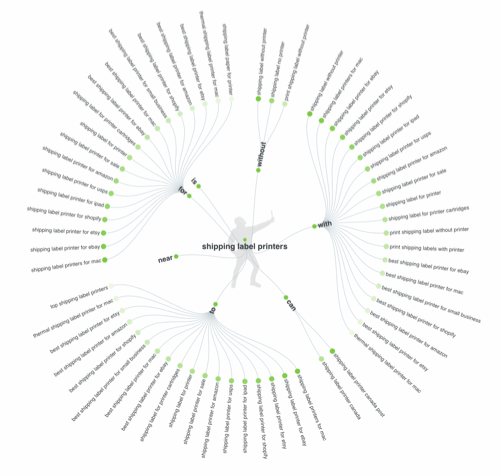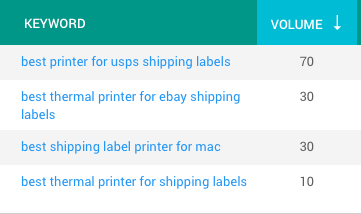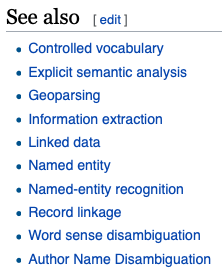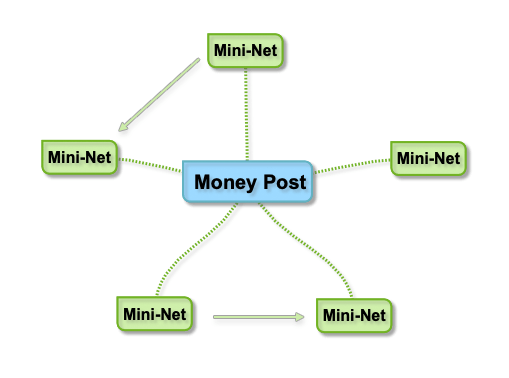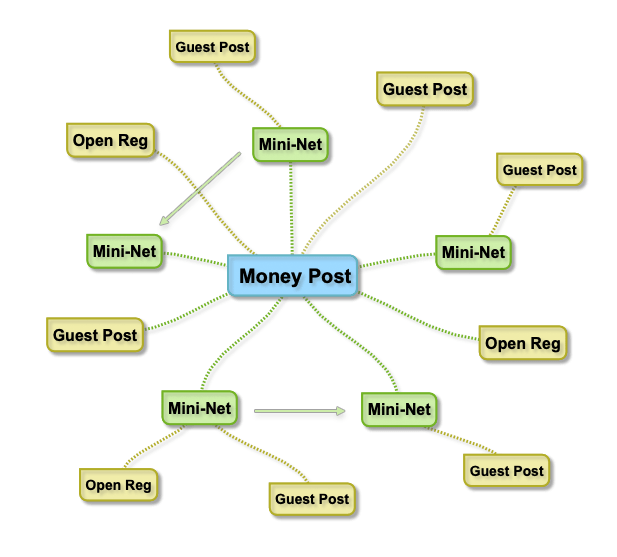- Joined
- Sep 3, 2014
- Messages
- 6,317
- Likes
- 13,295
- Degree
- 9

Earlier in the Crash Course we covered a lot of SEO topics. We've talked about the basics like choosing your niche, building your site and designing it, all the way to making your site fast.
Then we got into the meat of doing keyword research, planning out your content, on-page SEO, and off-page SEO. It's these last four items that I want to cover again today, but in more depth. Everything till this point has been a high flying, bird's eye view look at these topics. The idea has always been "we'll show you how to think, but not what to do."
All of that changes with the Expansion Packs, where we'll still cover topics at breadth, but we'll also explore some of them in depth where needed and desired by the readers. And that's my goal here.
What you'll get here is a framework that, over time, will strengthen your site and turn it into a powerhouse, letting you tackle more and more competitive, high volume, and high value keywords. All it takes is time and scale. This method gets you to the SEO cash the fastest, and when funneled back in, the method and cash flow both will scale in a feedback loop.
Let's embark on a tutorial, showing you how I approach this game of SEO for the most part. Consider this an intermediate-level look at ranking for a keyword for newcomers looking to take their game up a notch. Some topics we'll cover deeper than others which will heavily stack the deck in your favor, while others I'll only drop some ideas, since entire novels can and have been written about them.
Finding the Right Keyword
One of the worst mistakes a newcomer with a new site can make is targeting the wrong keywords. What are the "wrong keywords," and why are they wrong? The problem is the "pie in the sky" thinking and "if you build it they will come" attitude. On the internet, which is growing at exponential rates, that's as far from the truth as it gets. When it comes to SEO, if you can't rank in the top 10, you get zero traffic, period. If you can't rank in the top 3, you're not going to get any substantial traffic or earn any serious money.
Let's come up with an example topic we can use throughout this entire tutorial. Let's go with... *looks around the office*... let's go with "computer printers." So let's assume you're building a typical affiliate website couched inside of an informational site for a United States audience.
Here's some examples of bad keywords to start off with, just off the top of my head:
- printer - 112k volume
- brother printers - 55k volume
- laser printers - 8.5k volume
- inkjet printers - 15k volume
- 39 backlinks from 28 domains
- 24 backlinks from 9 domains
- 6 backlinks from 5 domains
- 28 backlinks from 8 domains
The domain authority on the top 4 is actually:
- BestBuy - 20.9 million backlinks from 96.3k domains - 24 years old
- Amazon - 5.63 billion backlinks from 3.36 million domains - 24 years old
- Office Depot - 7.39 million backlinks from 34k domains - 23 years old
- Staples - 15.6 million backlinks from 42.6k domains - 23 years old
Now obviously we want to make money here, and not just on the off-chance that some knucklehead clicks an Adsense ad and we get 25¢ and they end up at BestBuy and spend $200. That means there's a whole slew of information-based keywords we'll avoid for now as our primary targets (and you'll see why, you'll tackle them regardless and still milk those sweet quarter clicks).
We want to target a term that has users built in with hotter buying intent. The hottest you can go is for "coupon" terms because it means they're about to buy as it is with no coercing. Most networks don't allow this kind of traffic anyways. Your best bet is "blank reviews" or "best blank." There are others like "blank printer vs blank printer" too. Lot's of buying intent variations on keywords out there.
In our tutorial here, those are your holy grail keywords. Others won't be ignored, but they'll be used to support these money maker posts targeted at the holy grail keywords. What this will do is keep your site at a reasonable ratio of money articles versus educational articles. Google doesn't like a high ratio of this on new sites or low authority and trust sites. There's been an algorithm change targeting these kind of sites and they used to target them with manual penalties. They might still, but I haven't repeated that mistake.
So How Do We Mine the Right Type of Keywords?
You've seen the methods shared by other Crash Course authors that I agree with in terms of gathering up tons of keywords and filtering them down. Here's my method, because I don't really have the time or energy to create a master list and keep chugging away at it over time. I also like to erode the traffic and wealth of my competitors and redirect it to myself since this is a zero sum game, and the more cashflow I have, the faster I can do this.
Your first goal, and you should have already done this, is to find your direct competitors that are on the same playing field as you are in terms of age, search exposure, ranking ability, backlink power, etc. This will be even easier if you can find some that are a bit weaker than you.
Because the goal here is to find out what weaker or equal but lazier competitors already rank for, and target those terms.
What is the reasoning for this? We can assume they did some level of keyword research, and you can usurp that because they can't hide it all from the various crawlers. We know the SERP is attainable because their weak sites already rank for it. That means you're qualified and rankable.
No, you won't end up with a 200 MB spreadsheet of keywords. You'll discard most of that anyways, or bundle it up under parent keywords. We're just trying to get straight to the cash flow here.
What this looks like is:
- Finding competitors on your level or below
- Mining their keywords for buying intent & related information queries
- Writing the buying intent post
- Take their cash flow through siege warfare
Found one! So, for instance, I have Ahrefs open so I'm going to use them. I'm popping this competitor's domain in just to affirm they're weak. Yep. Now I'm looking at all of their organic keywords that they rank for. There's too many so I need to filter this down with the understanding that my site is also kind of weak. I also understand that buying intent keywords don't have insane amounts of volume either. That leaves me with the following filters (tweak to your preference):

"This site is too weak to rank for things above (keyword difficulty) KD 20, so it's just showing me crap they're in the top 50-100 for for anything KD 20+, so I can axe most of that. Buying intent keywords don't often have volume higher than 10k for a niche like this. I figure they're a tad weaker than me, so I only want to see terms they rank in the top 5 for. I can probably beat them on any of those and hit the top 3 at least. And screw it, just show me keywords with the word 'best' in them, I'm in a rush here. And now let me sort by volume."
Well lookie what I found here:

Next, we need to look at how exactly we should format our content, mainly based around search intent.



